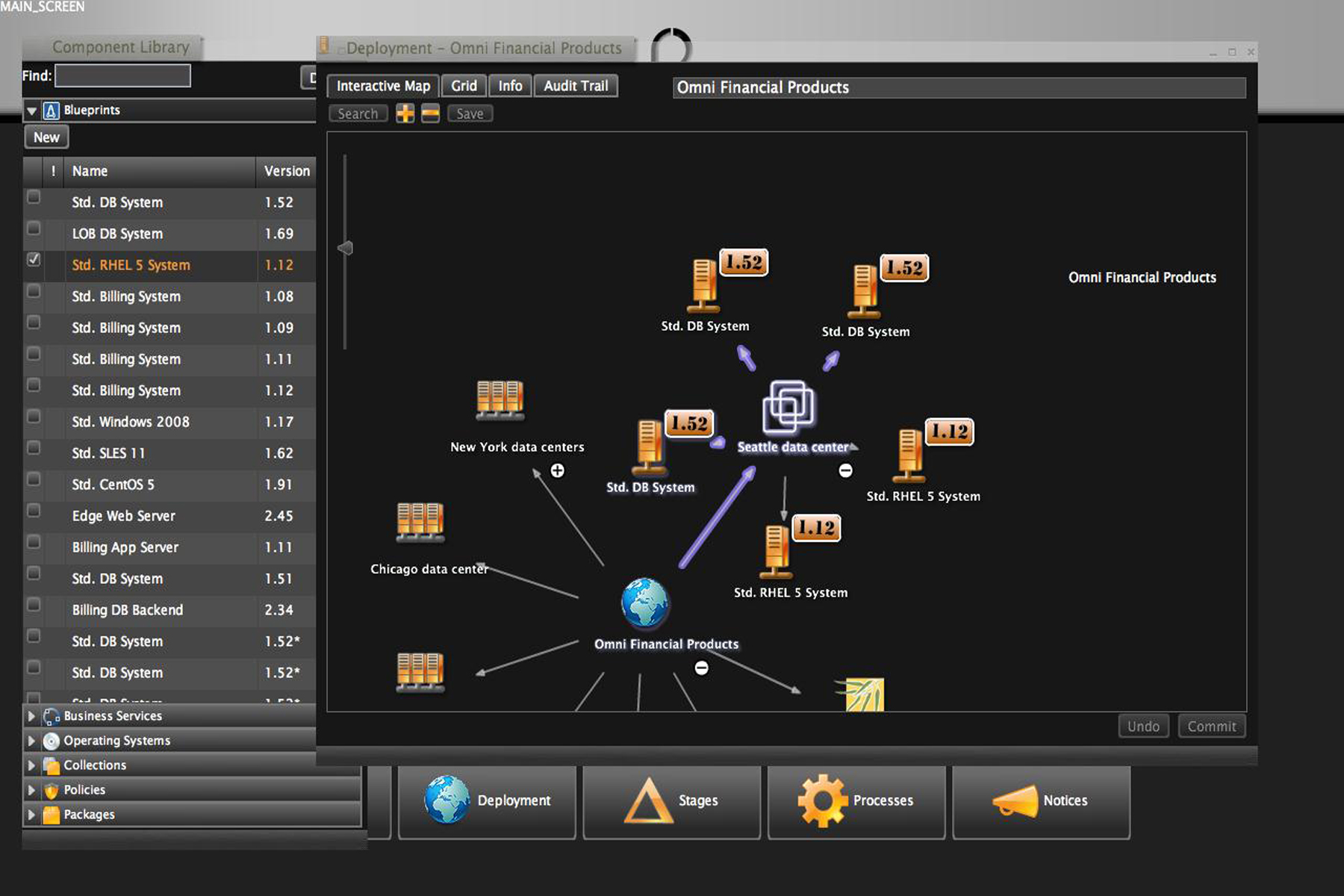rPath has made a business out of building disc images. But while previous releases of the software were aimed at ISVs building appliances, rPath X6, released earlier this month, is the company’s first foray into enterprise-grade software development tools.
With the release of X6, the rPath disc image creation software suite has added an easy-to-use GUI, support for cloud operating systems, and dynamic configuration management.
Jake Sorofman, chief marketing officer for rPath, said that the new GUI for rPath X6 spreads the appeal of the tool beyond the experts. “It really is providing a more mainstream adoption path for rPath,” he said of X6.
“We’ve been by and for geeks; we’ve been primarily for power users. This product is taking a lot of that power and extracting it in a more modern drag-and-drop experience. It features drag-and-drop system construction, image generation and change management. It’s a dramatically simplified way to use rPath, but it does not at the expense of our command line.”
With this move into the enterprise also come new enterprise-focused features. When rPath was targeted at ISVs, configuration management wasn’t much of an issue; appliances are configured before they leave the factory, and end users are rarely expected to twiddle the knobs after installation. But enterprises pushing rPath into their development life cycle require large amounts of network, security and user configuration before a disc image can be deemed fit for deployment.
To that end, said Sorofman, rPath X6 allows users to use Puppet, Chef and Cfengine for configuration management. “We’ve expanded our configuration model. We’ve done a good job at automating application stacks before, but what we really hadn’t tackled is the dynamic configuration settings associated with the host environment,” he said.
“Things like IP addresses and security settings: the configuration settings typically handled by Cfengine and Puppet. With rPath X6, we’ve extended our capabilities to allow native configuration of those settings. You can manage all of that under version control and through the life cycle as we do with software today. We draw that configuration data into the rPath repository to manage that setting alongside the blueprint that defines the stacks themselves.”

rPath X6 is available today, and Sorofman said that this release also supports integration with Eucalyptus and OpenStack, both of which are cloud operating systems.


